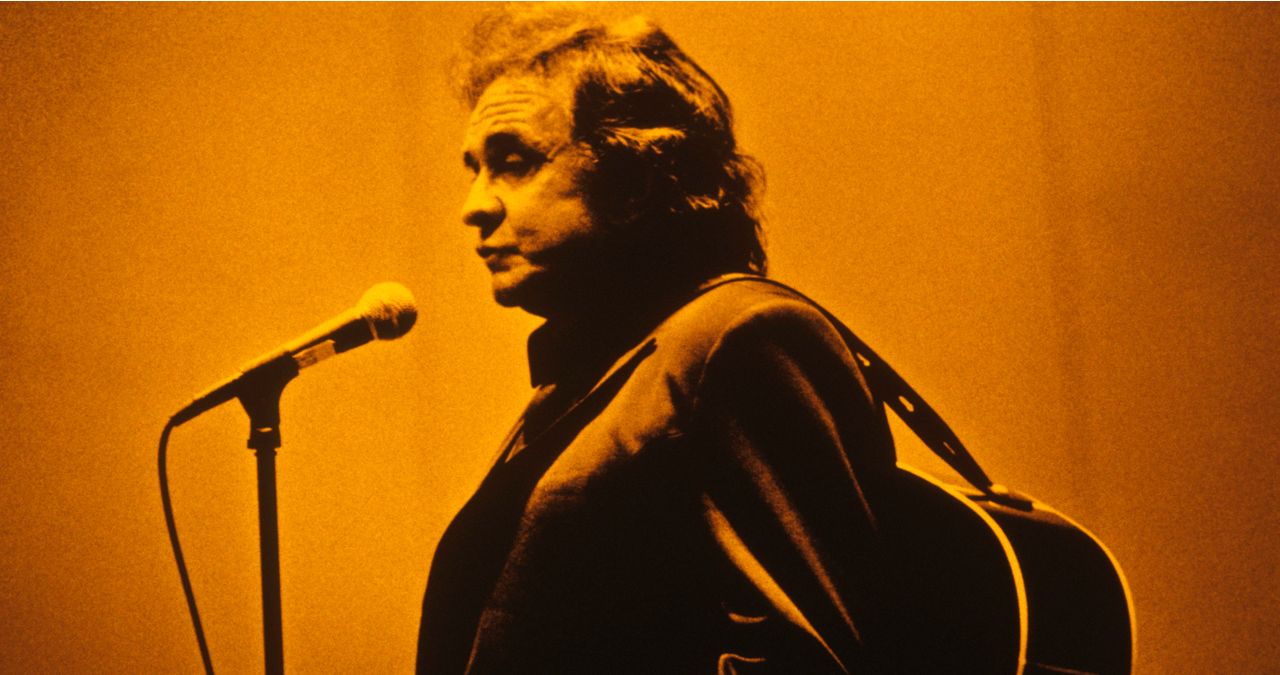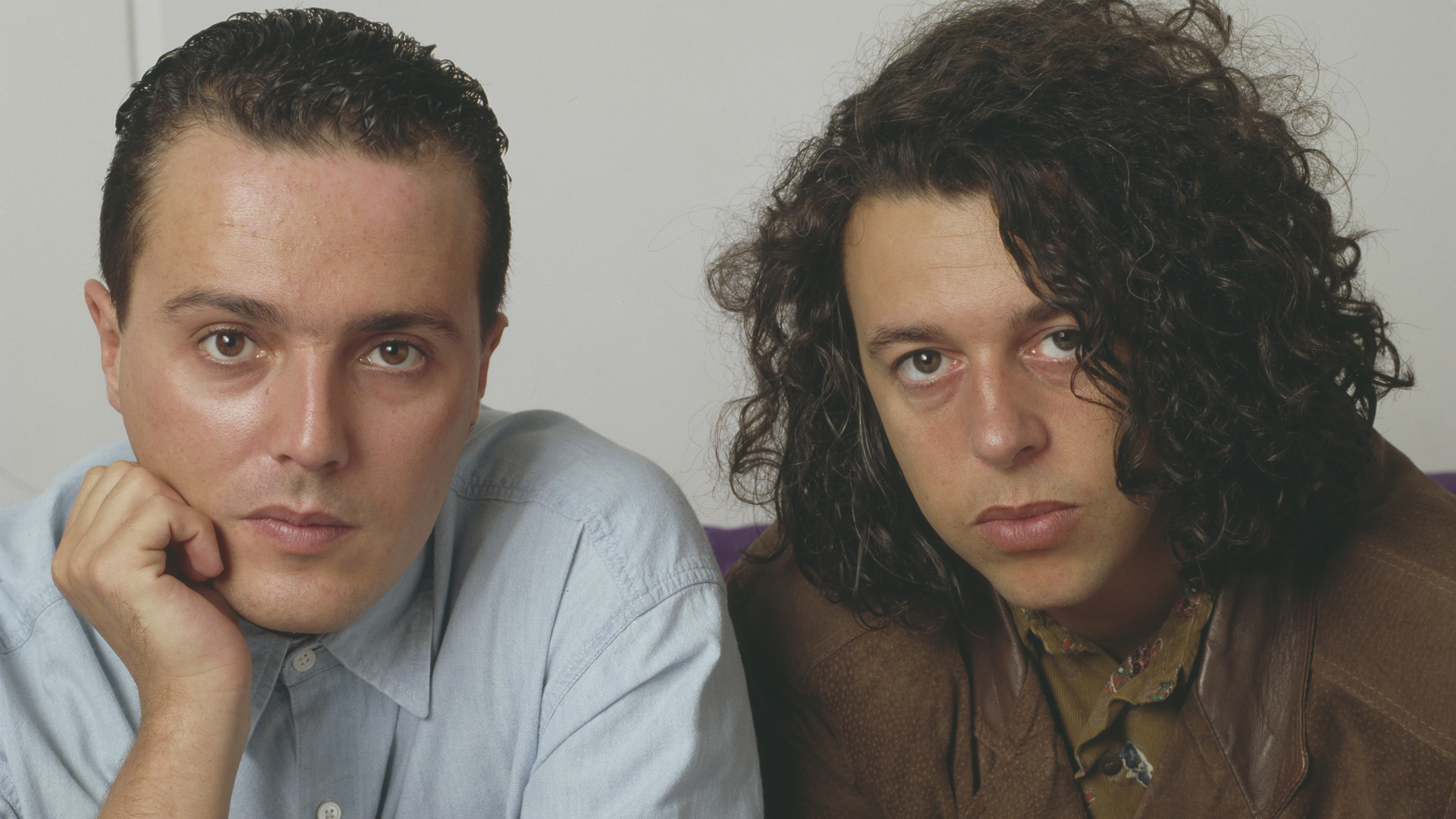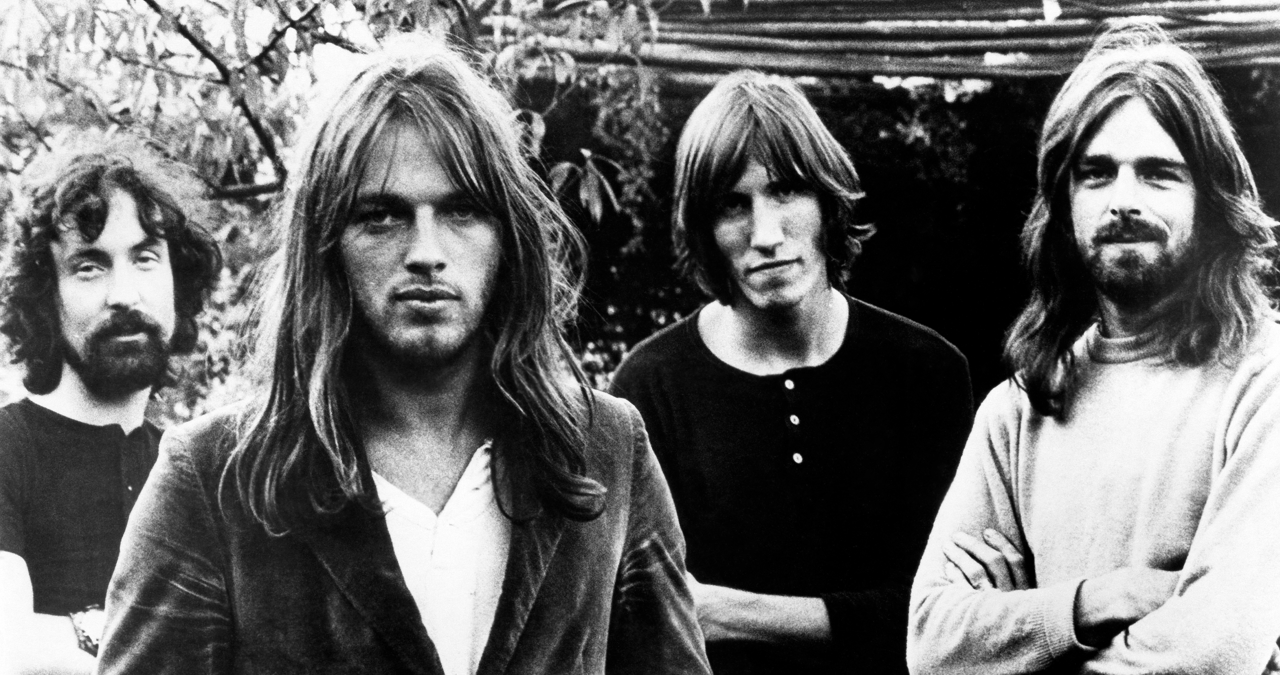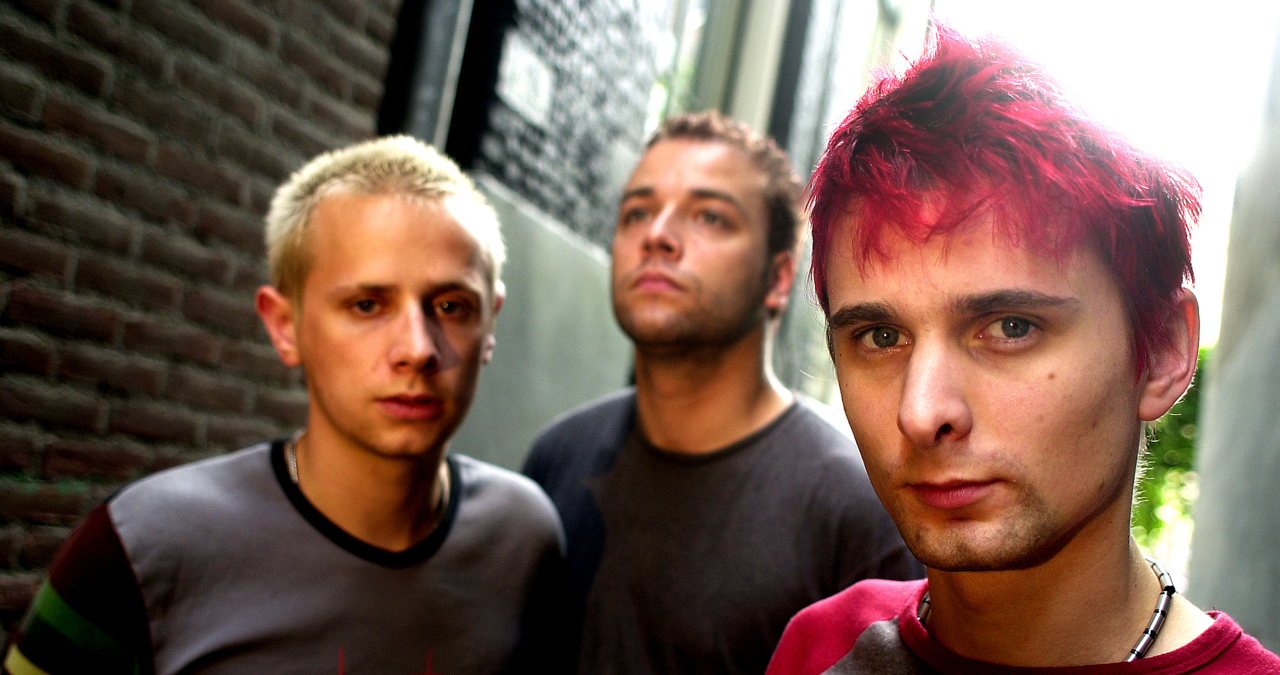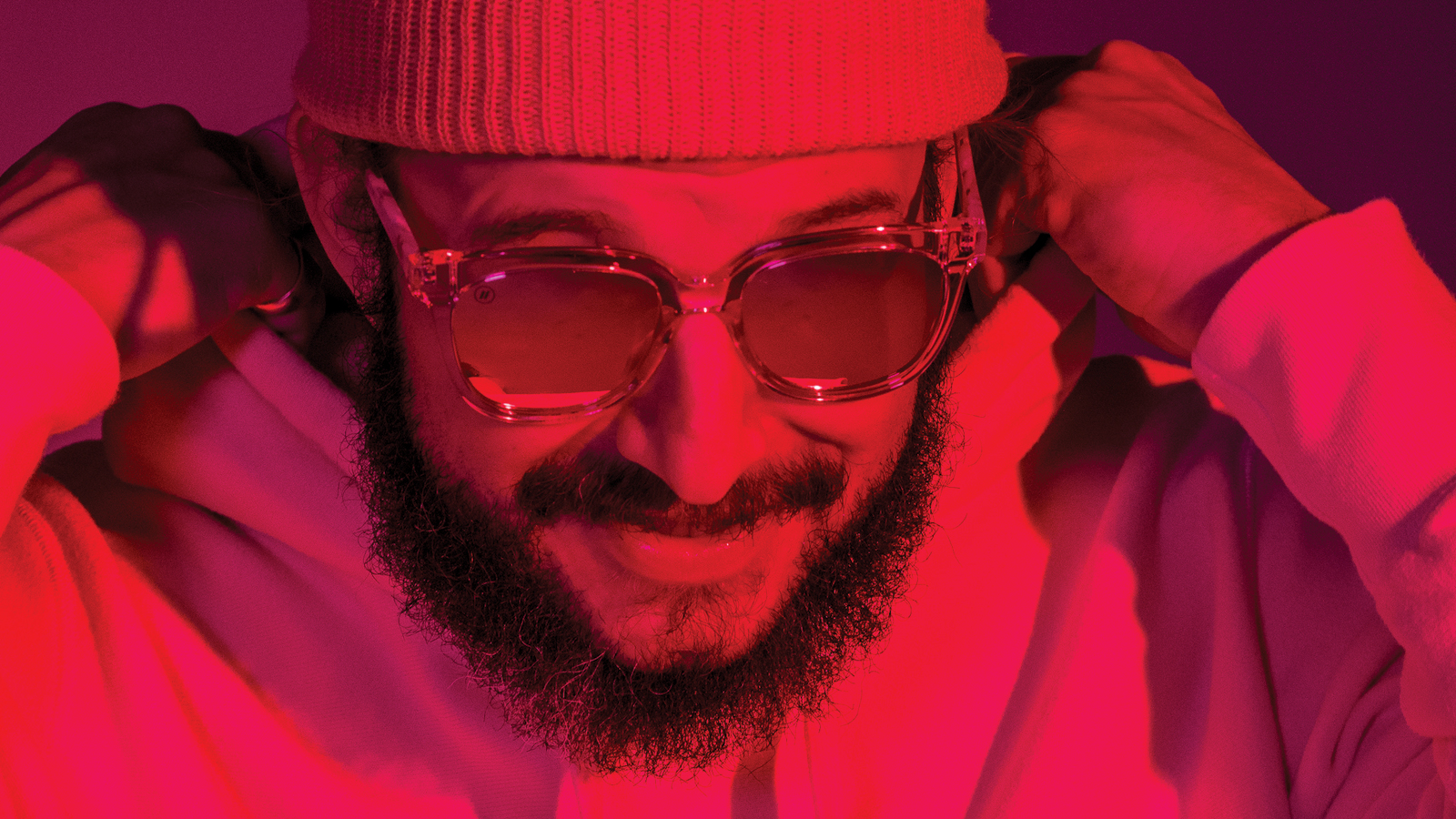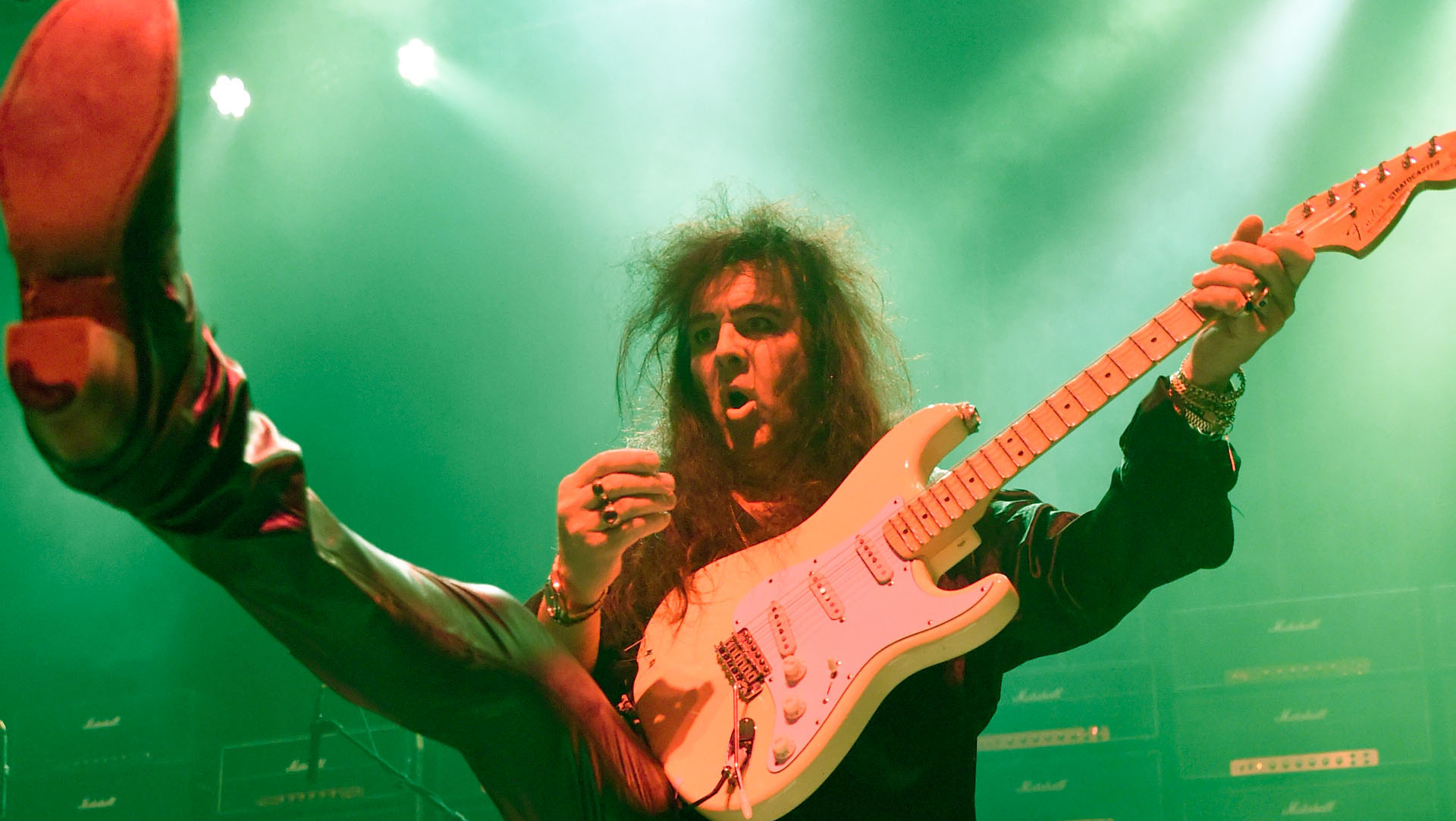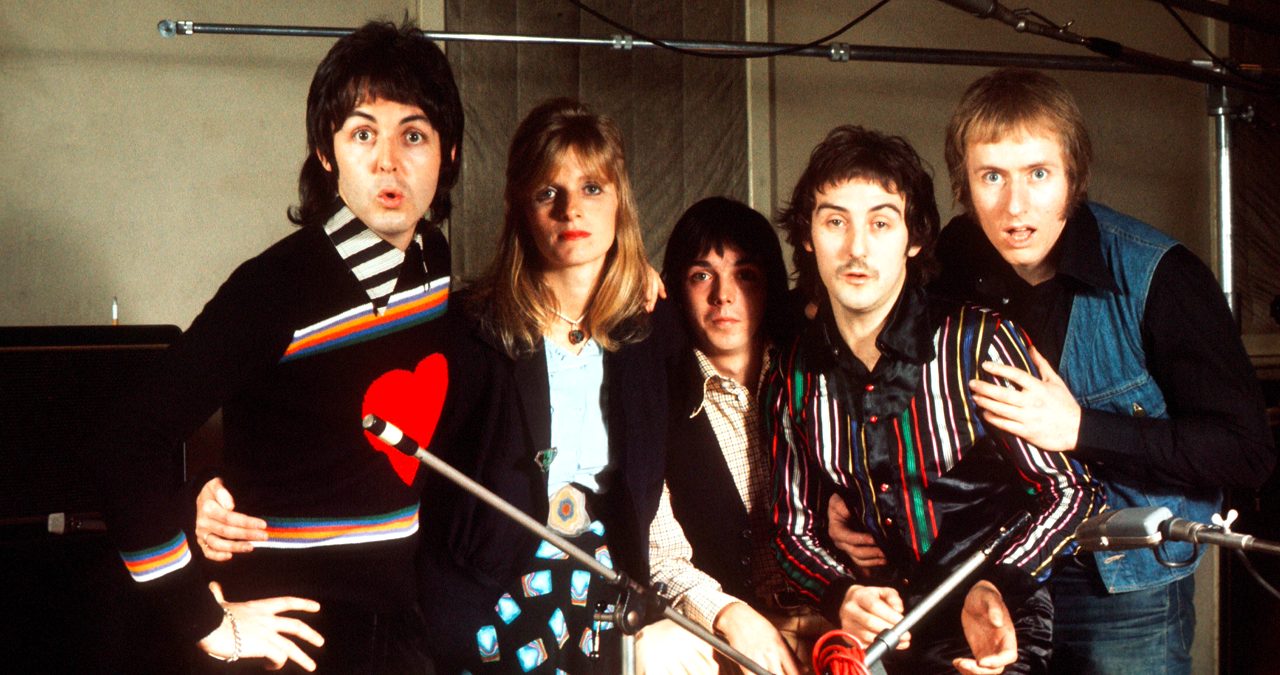“It’s better in every way. The second version took what the first could do and made it five times as useful”: Waleed on Digitakt II, Ableton Live and overcoming creative block
Waleed's 2021 debut was championed by the likes of Four Tet and Ben UFO. After wrestling with the pressure of a follow-up, he's rediscovered the joy of music-making and released an EP that's one of this year's best
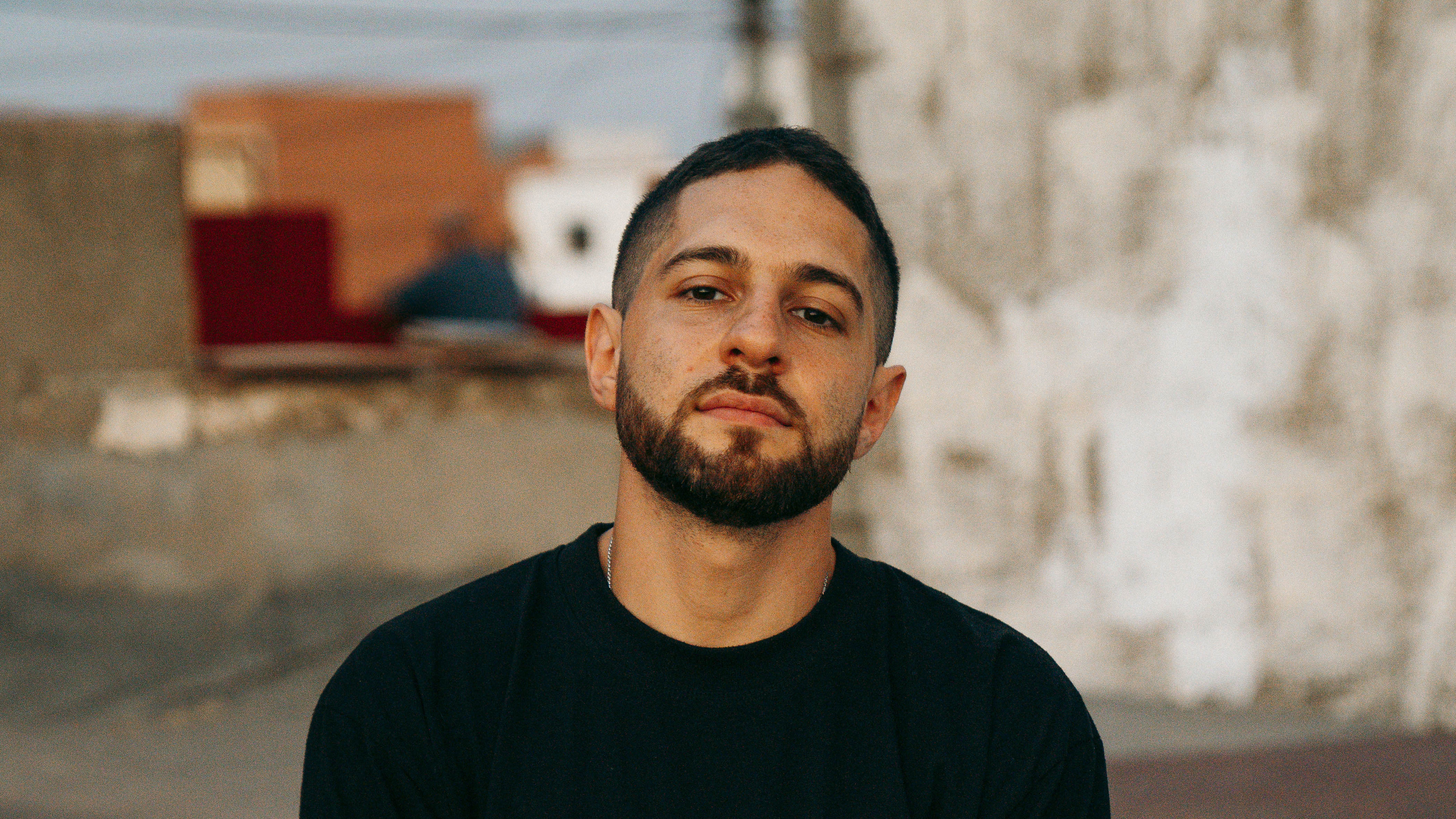
Zachary Waleed Saraf seemingly appeared out of nowhere in 2021 with an exceptional pair of tracks that singled the Washington D.C.-born, Berlin-based producer out as a maker of audacious and unpredictable dance music with a talent for leftfield sound design.
Many aspiring producers dream of having their debut release picked up by Four Tet, Floating Points and Ben UFO, but Waleed actually did. It’s no surprise; he evidently shares Kieran Hebden’s uncanny knack for working unexpected samples into expertly crafted beats. Hanging a deftly sliced Camila Moreno vocal on a gorgeously crunchy, not-quite-techno groove, Se Rompen stole the limelight, but it was the B-side that stopped us in our tracks, its fidgety UKG framed by ethereal vocal chops and careening synths that ricocheted across the stereo field.
As quietly as he arrived, Waleed vanished, and we heard little from the producer for three years, save for a Tourist remix. As it turns out, he was wrestling with the follow-up to his debut, the pressure of his newfound success prompting a troubling period of creative stasis and uncertainty. This year, Waleed made a triumphant return, issuing a lauded joint release with fellow Digitakt enthusiast Villager that was swiftly followed by Magdalena, an EP released on City Slang, home to Caribou and Gold Panda, among others.
"Magdalena is a journal of me growing up. It’s the story of me embracing the joy of sharing this thing I care so much about"
Magdalena documents Waleed’s transition from a solitary music-maker, crafting tracks in his bedroom at night after working a day job as a coder, to a fully-fledged artist proudly sharing his work with the world. “Music for me has always been my own personal sanctuary, disconnected from the rest of the world,” he says. “I could create this space, and get lost in it for hours. Magdalena is a journal of me growing up. It’s the story of me embracing the joy of sharing this thing I care so much about.” That joy is audible across the EP’s seven tracks, which build on the blueprints sketched out on his debut to create some of the year’s most inventive electronic music, an emotionally charged confirmation that now Waleed’s back, he’s here to stay.
We caught up with Waleed to find out more about the gear and techniques behind Magdalena, his love of the Elektron Digitakt, and how he overcame overthinking to embrace intuition and rediscover his passion for music-making.
Let’s go back to the beginning. Tell us about how you got into music-making initially.
“When I was a kid, I played guitar. I played some violin, some piano, I was trying a few different things to see which one I liked. I found guitar when I was 10 years old, and I started playing a lot of guitar over the next 10 years. It was really my thing. I got really into the percussive acoustic shit, hitting the guitar and things like that. Maybe when I was 18 or 19, I downloaded Logic and started messing with that, going deep on that, and then I switched to Ableton when I was 21 or 22.”
Get the MusicRadar Newsletter
Want all the hottest music and gear news, reviews, deals, features and more, direct to your inbox? Sign up here.
How long were you making tunes before you landed on a style that felt like your own?
“Maybe when I moved to Spain around six years ago. Before that, I went to college with a bunch of friends and lived in a city nearby. So I was always surrounded by people, maybe too many people. But when I got to Spain, I was alone, and that’s when I really got to develop my style. I had a couple of friends there, but I just had more time, a lot of it. I would just make beats, walk around Madrid and listen back to them. I was pretty depressed when I first moved there, so it led to some really deep, kind of sad, more emo-style sort of music.”
When did you write the tracks that became your first EP, Se Rompen and Sueños?
“I moved to Spain six years ago, then I moved to Berlin a year later. A few months later, Covid hit, and that was pretty crazy. During that period, I realized that spending winter in Berlin would be miserable - Berlin’s a pretty dark place anyway - so I went to Malaga in January 2020. That was where I made Se Rompen.
“I was there for three months, staying at this hostel and working on tunes. I met this girl from London that I fell in love with, and was with up until a year ago. It was a really interesting time when I made that track. I was at this hostel, I felt like I’d escaped Covid, I was falling in love - and that track came out of it.”
What kind of set-up were you working with during that time?
“I just had a laptop with Ableton.”
Is that still what you’re working with today? Have you picked up any gear since then?
“I did pick up some gear, but then I actually got robbed. Me and my homie had a studio in Berlin, we’d been waiting for the studio for eight months. We finally got the keys in June of 2021, moved all of our gear in, and one week later, we got robbed. They took everything except the new monitors.
"They took all our synths, a lot of my homie’s gear, but the one thing they didn’t take was the speakers. If they did, we both might have quit music"
“Me and my homie, we had just bought these nice, nice new speakers, and we’d listened to them for the first time when we set them up in the new studio. I remember telling him, like, ‘yo, the crazy thing about these speakers is that they’re ours now, we get to use them every day!’ Then we got the call that everything got robbed. They took all our synths, a lot of my homie’s gear, but the one thing they didn’t take was the speakers. If they did, we both might have quit music; I don’t know what we would have done.
“So now I’m rebuilding my studio. I have an Ableton Push, a Digitakt and a Digitone. I love all of those. The Push, I barely use, and I’m trying to figure out a way to fit it into my workflow. But the Digitakt, I really love that thing.”
You must be pretty quick with Ableton, if that was all you were using for so many years?
“I’ve gotten really accustomed to it. I’m really fast with it now. It’s such a great tool for mangling audio, messing with audio. That’s also why I love the Digitakt. With Ableton, you’re doing stuff with audio, you don’t exactly know what you’re gonna get but at least you’re intentional with what you’re doing. But with the Digitakt, sometimes you just happen on crazy results and you have no idea how you got there. You can make crazy sounds with it and then you don’t know where they even came from.”
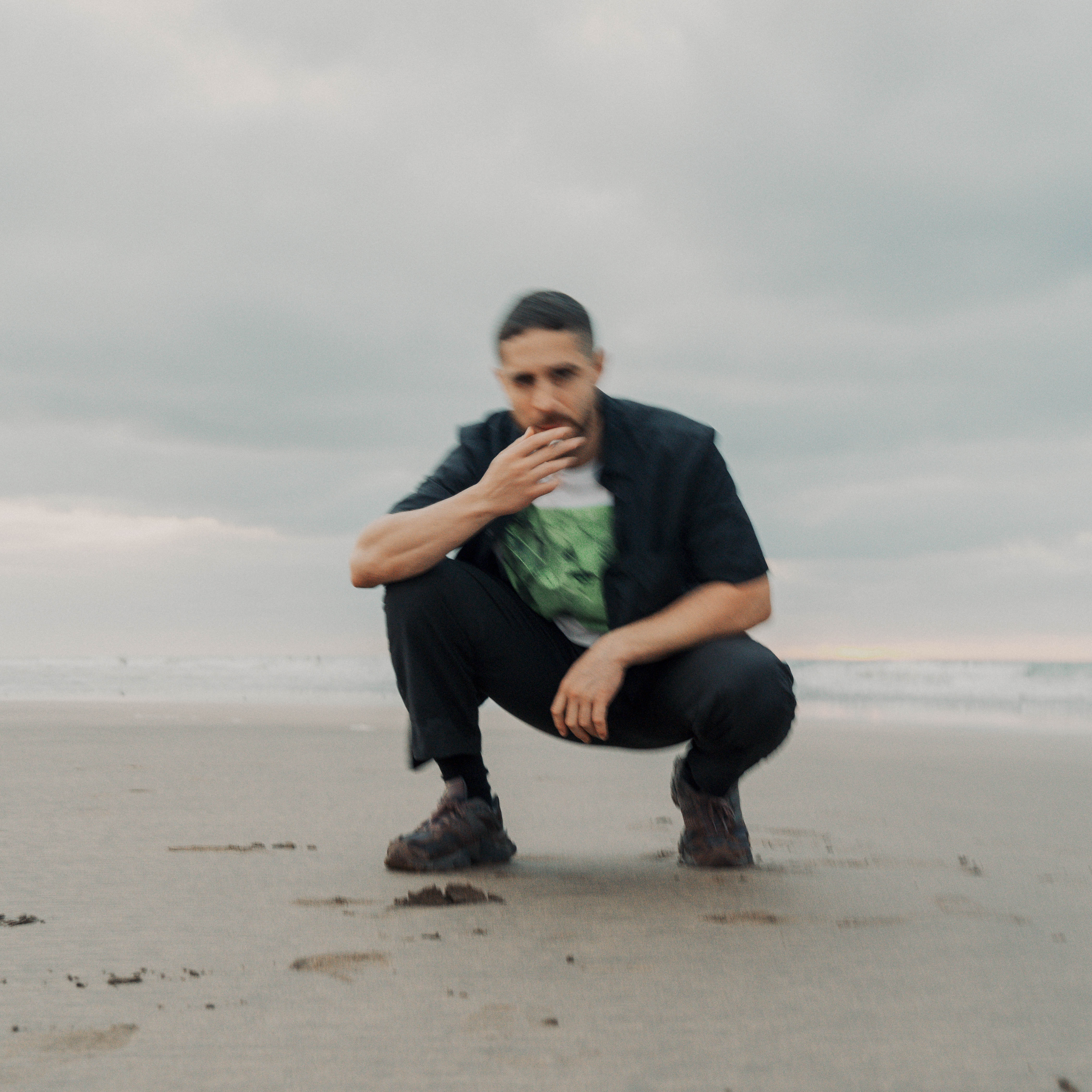
What do you think it is about the Digitakt that’s behind that unpredictable quality?
“It’s the workflow, and you’re just putting LFOs on things that you typically wouldn’t put LFOs on. The sample start point, for example. Also, being able to change the parameters of all the tracks at once, that’s another big thing. You hold the Track button, and you can change the parameter of all 8 tracks, or 16 tracks on the Digitakt II.
“You’re changing the pitch on all of the drums at once, or changing the start, end and loop times on all of the samples. All these different things that are being affected on all of the tracks at once can just lead to things that are like... you have no idea how you got there, but it sounds good. The proof is always in the pudding; does it slap or does it not slap?”
Do you have Digitakt I or II?
“I had the I for a while, but I have the II now, and it’s just incredible. It’s better in every way. The second version took what the first could do and made it five times as useful in every single way. Number one, now you can have stereo samples, which is great, and now it has 30 gigs of storage. Before you had to be so selective about what you put in the thing, because it only had one gig. But now it has 30 gigs and 16 tracks. I love that thing.”
So you used the Elektron machines quite extensively on the new EP?
“Yeah, I’d say the Digitone was used a bit, but not quite as much. The Digitakt was used on the later tracks. A lot of times I'll use the Digitakt just to create some samples, create some audio, and then I’ll bring that into Ableton, and then mess with things. But I like that with the Digitakt, you can actually play it, whereas I find it tough to do that in a way that I like in Ableton. With the Push, you can trigger sequences in Session View, but sometimes it gets a little bit too stuck into these four-bar sort of situations. With the Digitakt, it feels like you have a bit more control.”
What kind of tools in Ableton are you relying on the most?
“I love the Flanger. Especially the Flanger in the older version of Ableton, I still use that one. I love the way it sounds, and I love that it has the grid so you can really dial in weird sounds pretty quickly. I love that, I love Pedal, I love Operator. I'm a really, really big Operator guy.
"I feel like the best MIDI controller you could ask for is the computer keyboard, the up and down keys"
“In Sueños, that main synth line is just something I made in Operator. And I really love using Operator. I feel like it's capable of such crazy sounds. It can sound a bit basic, but then you toss a tiny bit of reverb on it, or a chorus, or something like that. Operator can make wild, wild sounds. That's the one that I typically will open up, because I also have Omnisphere and I'll use that, but it feels like it's never-ending; there’s too many sounds and it takes a while to find what you're actually looking for. Operator has a crazy amount of options too, but in a pretty simple workflow.”
Tell me how you designed that lead sound in Sueños. Did you put that together from scratch?
“That’s something I designed from the ground up. That’s another thing: I feel like the best MIDI controller you could ask for is the computer keyboard, the up and down keys. That’s what I love about working on the laptop. That patch was literally me playing with the computer keyboard, changing the Coarse value on Operator with my arrow keys and recording the automation.
“I love recording automation with the keyboard. I’ll lose my eyes, and I’ll be going up and down with those keys. Or the trackpad; I click on something and close my eyes, then I just move it around. I feel like that’s a very human way, a very expressive way of doing things.”
Could you run us through a couple more plug-ins that are really fundamental to your workflow or your sound?
“Vulf Compressor from Goodhertz, that’s one that I really love. That compressor can make some really sick sounds. It’s great for a simple master as well if you want to bounce something out and send it, you just toss that compressor on there and a limiter and it can sound really, really cool.
“I love using audio effect racks. I tend not to use any busses, but instead I just build my busses as Audio Effect Racks. I don’t really like using Dry/Wet, I’d rather use a send, but I build the send in a rack. I have this ‘Waleed Send’ that I bring into almost everything. All that is, it’s just an Audio Effect Rack with a Utility device inside it, with macros mapped to the gain in Utility. So it basically just acts as a send.
“I like doing that because it feels like it’s not just adding a lot to these busses down on the bottom of the screen. It feels way easier to me than adding a bus, going to the mixer and sending stuff out. It feels a little more clean when everything in this track is contained within the track or within a group.”
Do you ever experiment with Max for Live?
“I love Max for Live devices too. I’m actually taking a course on it right now, I want to start building my own devices. I love Ned Rush’s devices, they’re great. If you want to get crazy sounds to resample, just put every single one of his Lucky 16 devices on really any sort of track, and it’s going to make sounds you’ve never heard before. Maybe 99% of them you won’t be able to use, but there’ll be sounds that aren’t from a sample pack, sounds that aren’t easily recognizable.
"That’s why I love Ableton so much. Really anything, just about anything, is possible"
“Max for Live, that’s why I love Ableton so much. Really anything, just about anything, is possible. I love using Expression Control. It can map each MIDI note that comes in to anything in Ableton. You can use it in a random way, or you can do it based on velocity, aftertouch, any of these things. You can even map it to parameters on other channels.
“Say I have an audio channel that I really like, but I want to change it up a bit and put some effects on there. So I can hit Convert Drums to MIDI, then it’ll give me a MIDI clip based on the drums in the audio. Then I put Expression Control on that MIDI channel and use that to modulate the effects on the original audio track. So with each hit of the drums, it’s changing the values of the effects.”
Could you talk us through your workflow for programming and mixing drums?
“I don’t often use drum samples. A lot of the time I’ll make these samples over time, or maybe at some point it started from a sample that I found somewhere. But typically they’ll go through a lot of processing on my part, and be bounced over and over again. I love drums that have a certain texture, they have this organic sort of sound. They sound like they went through some sort of analogue machine at some point. A lot of that is just messing around, tinkering and then saying yes or no.
“There are a lot of drums that I go through that just aren’t it. But sometimes you land on something. I remember this hi-hat that I probably used too much for a long time, it was on Se Rompen and Sueños. It came from this old break, but it wasn’t actually in the break at all. The break went through all this different processing, Echo and Erosion and all these different effects, and then ended with a gate.
"There are a lot of drums that I go through that just aren’t it. But sometimes you land on something"
“I would use the keyboard to open and close the gate on the effects to add in grace notes to the hi-hats in the break. It worked perfectly; I could get the grace notes that I always wanted, but found really hard to get right by programming them. I feel like sometimes it’s just about using a lot of different effects and sound design. Then once you have that audio, you can bring it into all different sorts of projects and warp it some more, shift it around to make it work.”
“I love OTT as well. I don’t use a crazy amount, but the right amount goes a long way. I feel like I got that from Mount Kimbie; some of their tracks, if you listen to it, it sounds like they have OTT on 100 on a few of the elements and probably some EQ around it. It can make some really beautiful sounds.”
Would you say Mount Kimbie are an influence?
“I love Mount Kimbie, they were definitely an influence. I love Tirzah, Four Tet, all those guys. Floating Points, I think is just out of this world, he’s a genius. He really makes me want to get into modular. Anything to get yourself out of the way you typically do things.
“That’s what I like about the Digitakt. You can get things out of it that you have no idea how you came up with. You’re not really following this typical workflow that your brain is trying to go through, instead you get out of that typical path, and you end up with something wild. I feel like that’s what modular is like. Like, you’re sitting there with your patch cables, and you have no idea where it’s going to get to, but then suddenly you happen upon this crazy, incredible sound.”
When it comes to mixing down, is that something you do as you go along or a separate stage at the end of your process?
“I do it as I go, for sure. With this EP, I got some friends to help with mixing for some of the tracks. During the time that I was making these tracks, I was struggling with a lot of fear, honestly, after my first tracks came out and they did so well. Music was always this thing that was just for me. It was this thing that I did by myself, it was my own space that I could live in. Then once people were listening, it brought so much fear into the room, and it felt like things needed to be as good as that, and live in the same space, and everything needed to be perfect.
“That fear made it so much harder to mix. I had gotten to the point where I hated these tracks so much, I was like, I can't even listen to it anymore. I need some kind of external help for it. But the good thing was that this EP was really a process of me getting through that pain and figuring out how to make music. Now I feel in a way, way better place, and I'm enjoying making music again.”
It was mentioned in the press release that you can be an “over-tinkerer and an over-thinkerer”. Was that the case on this latest EP?
“It definitely was. Some of that was down to changing my workflow in a way that I probably shouldn’t have. I changed my workflow because I was like, ‘Okay, I need to finish music. I need to finish music. I need to finish music.’ And in doing that, once I had a demo that I had made in an hour that I liked, I would send it to some people, and they'd be like, ‘Okay, you got to finish that one’. So then I would spend 40 hours trying to finish that exact track in almost the exact same form that it had started, which is not what I used to do, and now I've returned to not doing that, because it doesn’t work for me.
"The way that I feel like I make the best stuff is: work quickly and follow how I'm feeling in that moment"
“The way that I feel like I make the best stuff is: work quickly and follow how I'm feeling in that moment. So then maybe work on it for another day, if it's not where I want to go, then start something new, but maybe pull in a few different elements, and over months, take all these different elements and turn them into something. But still have it such that you're acting quickly in the moment.”
For a debut release, your first EP did pretty well, being picked up by DJs like Four Tet and Ben UFO. Did you feel a lot of pressure to follow that up with something special?
“There’s a deep happiness inside of you, but there’s also this deep fear that develops with something like that. But it’s good, and it’s forced me to grow up and figure out a way to deal with that fear and move forwards regardless. It’s all been positive with regards to growth. You have to realise that not everything is going to do well and that’s okay.
“In hindsight, I wish that after Se Rompen I could have put out another EP two months later, and another one after that, and just keep it going. But I wasn’t ready. I was too scared to be able to do that, and I really hope now that in the coming years I can. I'd like to be a bit more like artists like Dean Blunt, artists that can say ‘okay, I’m going to put it out, maybe it does well, maybe it doesn’t. Maybe you hate it, maybe you love it, I don’t care,’ and just move forward.
“You can spend months on a track and you end up hating it, and you actually might be making it worse. I’ve done that with a lot of tracks. A lot of times I go back to the first demo of a track and I’m like ‘that’s actually the one’. You are your own worst enemy, and the best stuff is always to come. The best stuff comes out when you stay in that flow state and you’re honest with yourself and you move quickly. When you move quickly, good shit happens.”

I'm MusicRadar's Tech Editor, working across everything from product news and gear-focused features to artist interviews and tech tutorials. I love electronic music and I'm perpetually fascinated by the tools we use to make it. When I'm not behind my laptop keyboard, you'll probably find me behind a MIDI keyboard, carefully crafting the beginnings of another project that I'll ultimately abandon to the creative graveyard that is my overstuffed hard drive.

